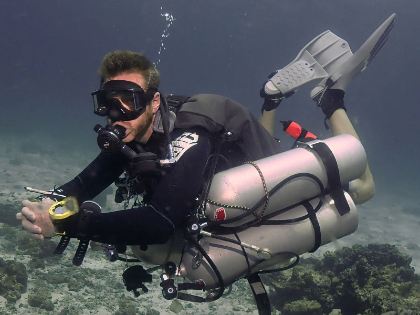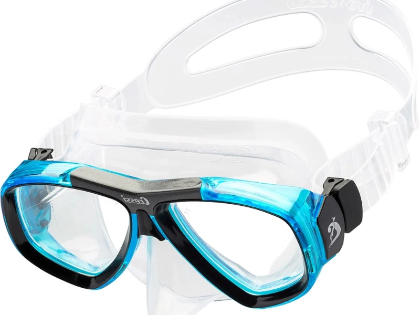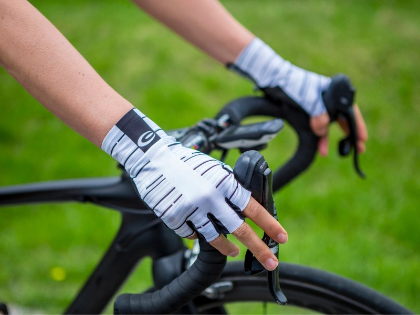Choosing Prescription Dive Masks: Clear Vision Underwater
Selecting Prescription Dive Masks Designed for Underwater Clear Vision Your underwater experience may be much enhanced by the choice of prescription dive mask. Although utilising prescription lenses in diving masks raises some typical questions and misunderstandings, the correct lens set-up will provide you clear vision underwater. Prescription dive masks are available with custom lenses that correct nearsightedness (myopia), farsightedness (hyperopia) and bifocal reading glasses or user-replacing stock.
1.comfort
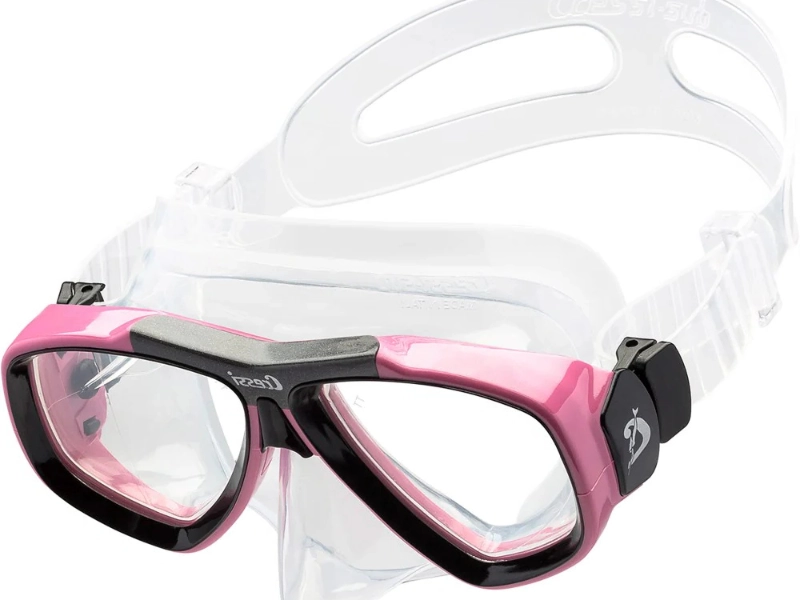
2.fit
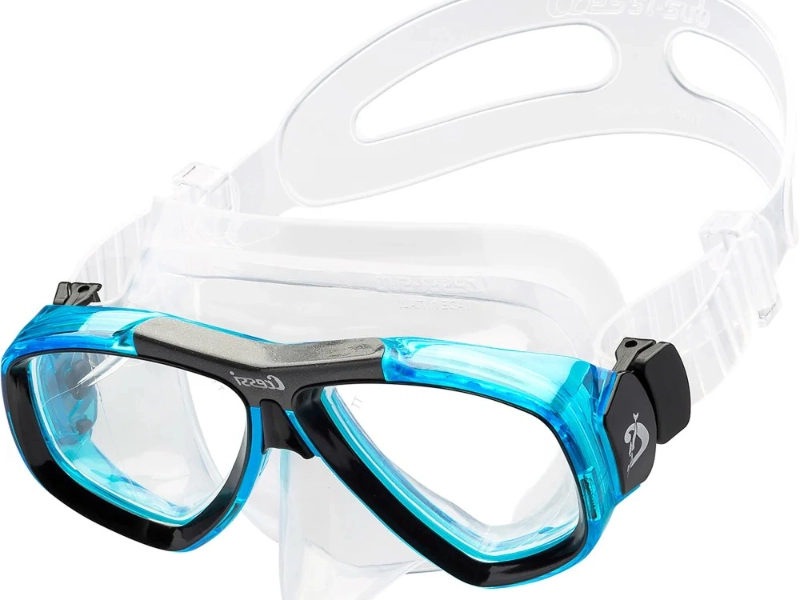 Certain companies provide Rx-able dive masks that let a diver slide their prescription lenses within the frame. These masks could be custom-made or manufactured. Should a diver decide on the latter choice, they provide the manufacturer their prescription, which they cut and grind to fit the lens's design used in their mask.
Usually correcting only the sphere part of the prescription (short-sighted or farsighted), these "stock" lenses do not correct astigmatism or presbyopia, the necessity for reading glasses. Usually, they also work just with shield masks.
Many dive shops will handle the simple installation of these lenses on your behalf. They are also rather readily replaced. You want to avoid breaking the lens or the ring itself; just be careful when prying the plastic tabs that lock into the mask frame ring to remove them. To cover most prescriptions, many manufacturers also provide user-replacing Rx-able dive mask lenses available in half-diopter increments.
Certain companies provide Rx-able dive masks that let a diver slide their prescription lenses within the frame. These masks could be custom-made or manufactured. Should a diver decide on the latter choice, they provide the manufacturer their prescription, which they cut and grind to fit the lens's design used in their mask.
Usually correcting only the sphere part of the prescription (short-sighted or farsighted), these "stock" lenses do not correct astigmatism or presbyopia, the necessity for reading glasses. Usually, they also work just with shield masks.
Many dive shops will handle the simple installation of these lenses on your behalf. They are also rather readily replaced. You want to avoid breaking the lens or the ring itself; just be careful when prying the plastic tabs that lock into the mask frame ring to remove them. To cover most prescriptions, many manufacturers also provide user-replacing Rx-able dive mask lenses available in half-diopter increments.
3. Style.
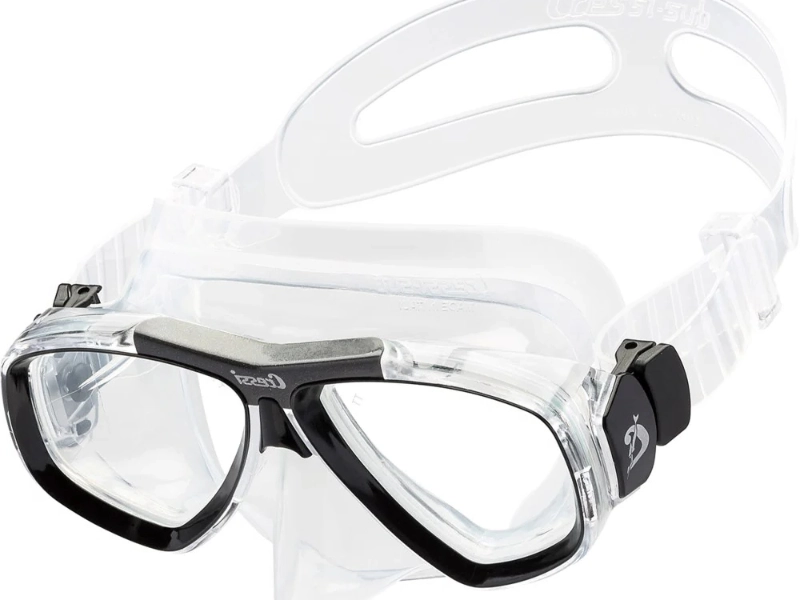 While most dive masks come with tempered glass lenses that withstand scratches and breaks, inexpensive masks' plastic lenses can break readily. Although these lenses are somewhat more costly, they provide divers improved optical clarity.
Apart from transparent and coloured lenses, several companies now provide models with user-replaceable corrective lenses that let you exchange out a lens to fit your prescription. This is an excellent substitute for buying a whole new mask and comes in a variety of levels of adjustment for most dives.
Search for a mask with a low-volume design, wide field of view, swivel buckles and a purge valve to assist equalise the water in the skirt and mask. If you snorkel on crowded dive sites or wear your mask regularly, some models also include a magnetic lens frame to stop it from sliding off. To let you see near and distance items at the same time, some manufacturers even sell bifocal mineral lenses.
While most dive masks come with tempered glass lenses that withstand scratches and breaks, inexpensive masks' plastic lenses can break readily. Although these lenses are somewhat more costly, they provide divers improved optical clarity.
Apart from transparent and coloured lenses, several companies now provide models with user-replaceable corrective lenses that let you exchange out a lens to fit your prescription. This is an excellent substitute for buying a whole new mask and comes in a variety of levels of adjustment for most dives.
Search for a mask with a low-volume design, wide field of view, swivel buckles and a purge valve to assist equalise the water in the skirt and mask. If you snorkel on crowded dive sites or wear your mask regularly, some models also include a magnetic lens frame to stop it from sliding off. To let you see near and distance items at the same time, some manufacturers even sell bifocal mineral lenses.
4. Vision: Lenses
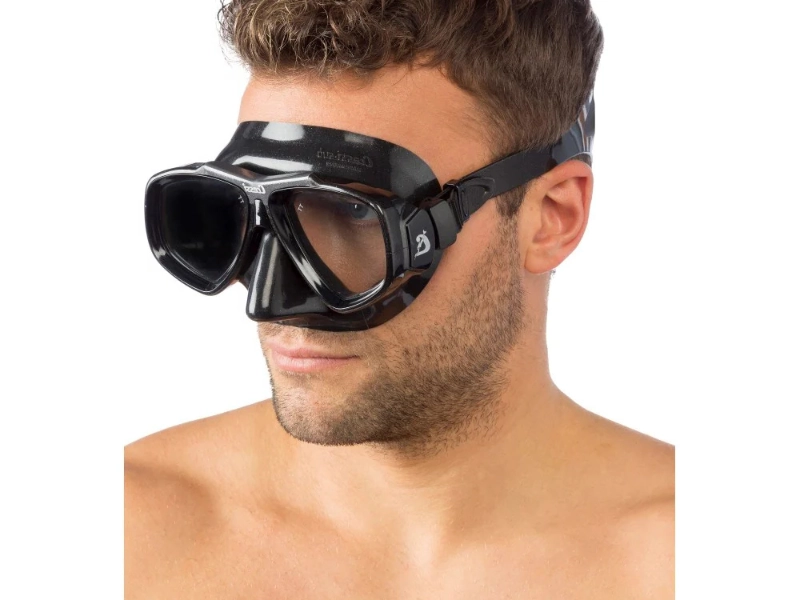 Good prescription dive mask lenses will level the playing field for underwater vision. Most often used dive and snorkel masks fit 0.5-diopter increments of user-replaceable corrective lenses in a wide spectrum of powers. For people with nearsightedness who need reading glasses to view gauges and dive computers, several models even provide a "gauge reader."
High-quality tempered glass with low iron concentration makes prescription mask lenses incredibly clear and light transmittent. Most are distortion free and include a strong outer shell for durability as well as a coating to stop fogging in cold water.
Although there are some false ideas about the use of prescription masks, the correct decision will help you to have much more fun diving or snorkelling. To have your lenses looking their best, be sure you follow advice on care and maintenance. Having your prescription dive mask lenses custom grinded to meet your exact vision correction needs—including astigmatism and bifocals—will help you achieve the best in comfort and clarity.
Good prescription dive mask lenses will level the playing field for underwater vision. Most often used dive and snorkel masks fit 0.5-diopter increments of user-replaceable corrective lenses in a wide spectrum of powers. For people with nearsightedness who need reading glasses to view gauges and dive computers, several models even provide a "gauge reader."
High-quality tempered glass with low iron concentration makes prescription mask lenses incredibly clear and light transmittent. Most are distortion free and include a strong outer shell for durability as well as a coating to stop fogging in cold water.
Although there are some false ideas about the use of prescription masks, the correct decision will help you to have much more fun diving or snorkelling. To have your lenses looking their best, be sure you follow advice on care and maintenance. Having your prescription dive mask lenses custom grinded to meet your exact vision correction needs—including astigmatism and bifocals—will help you achieve the best in comfort and clarity.

